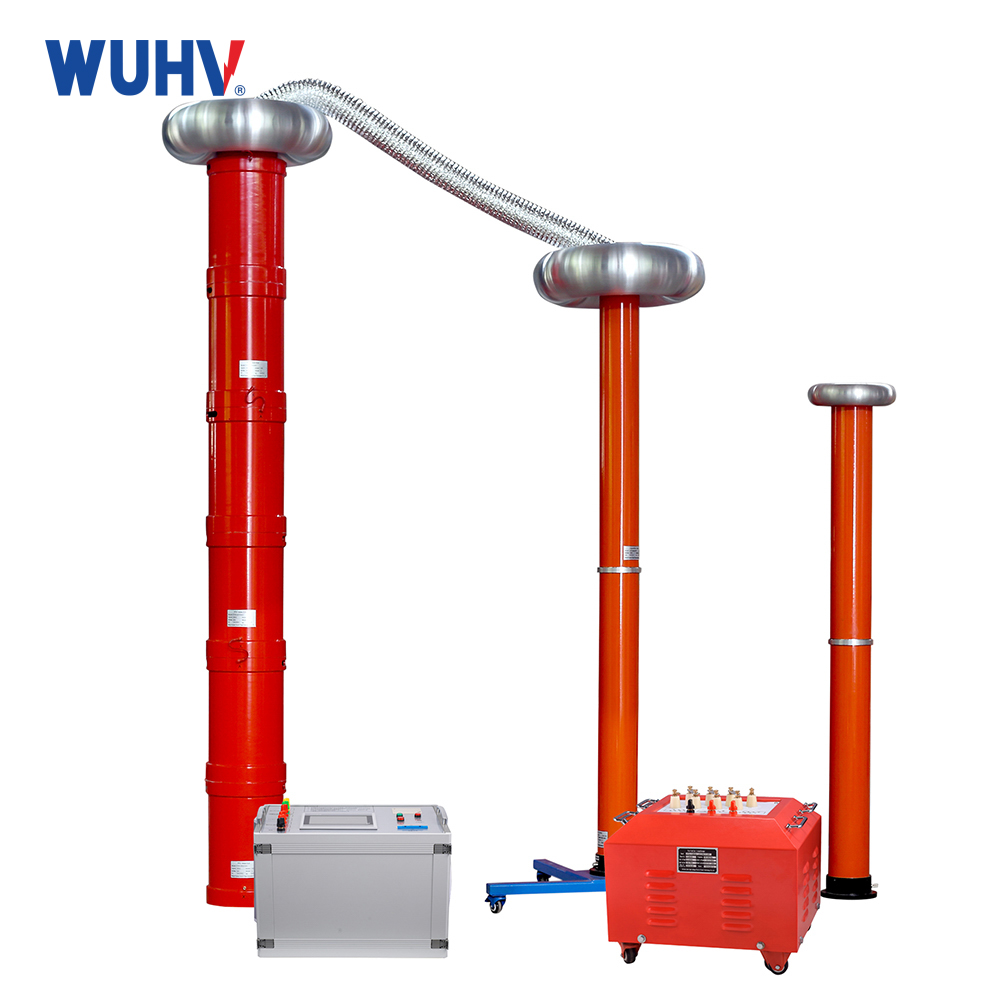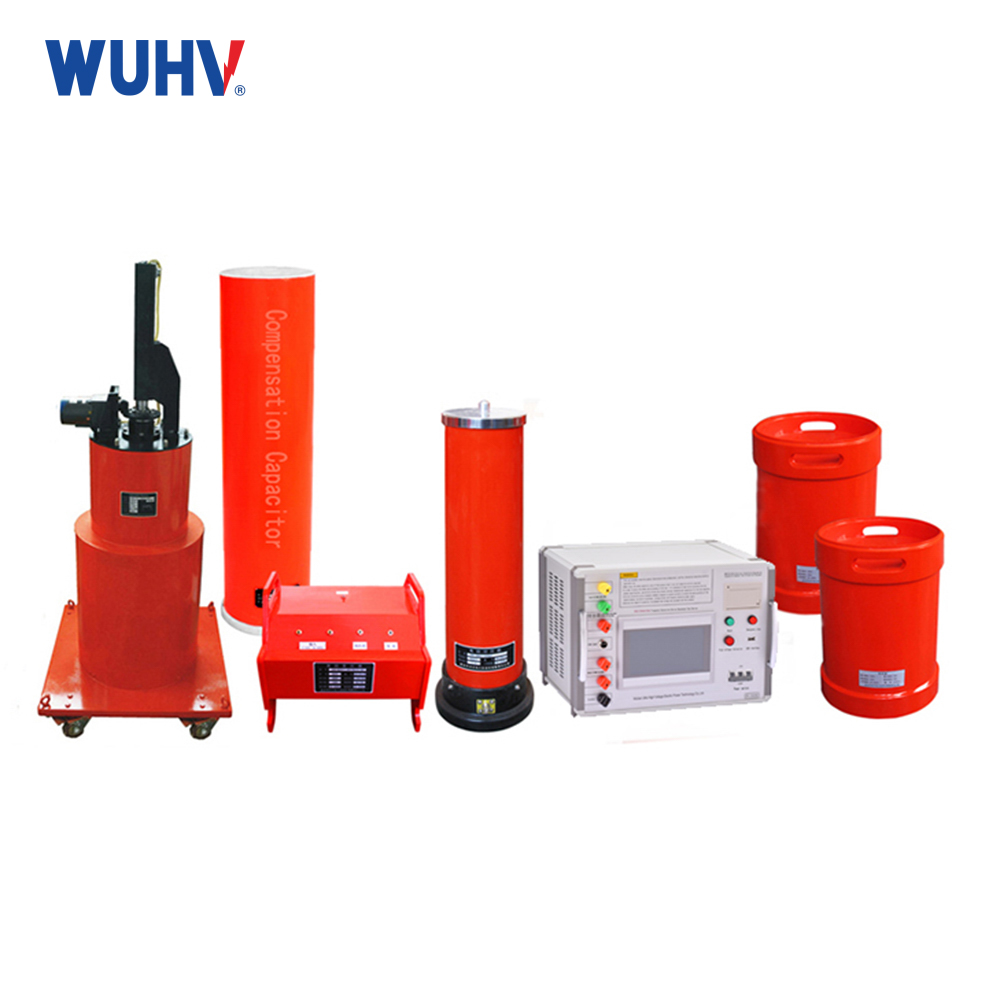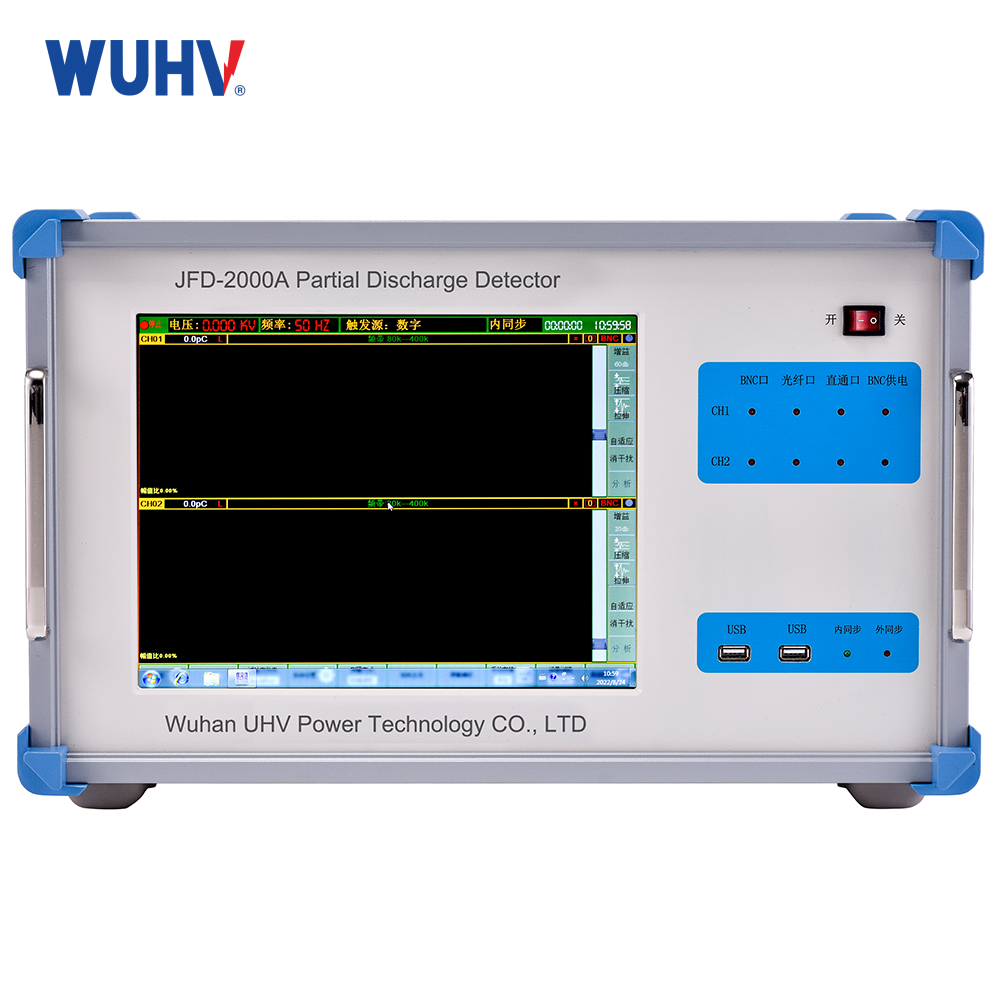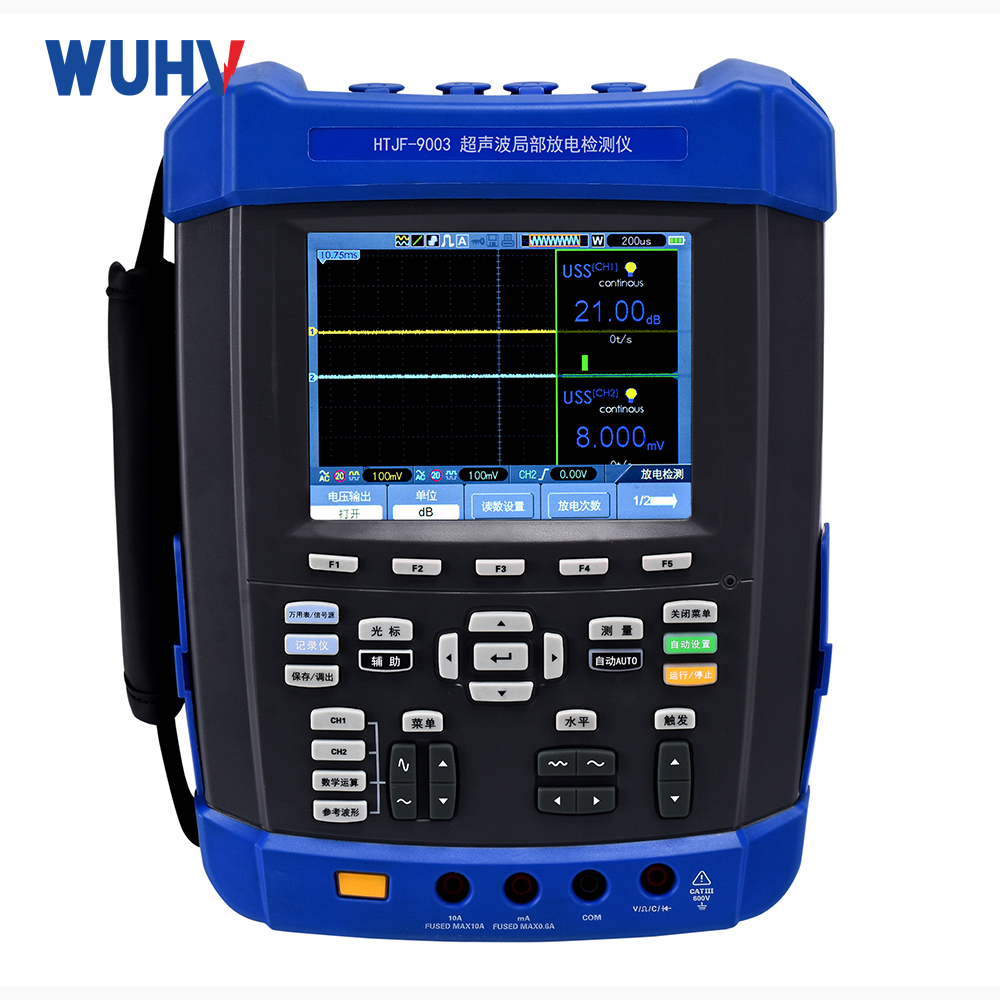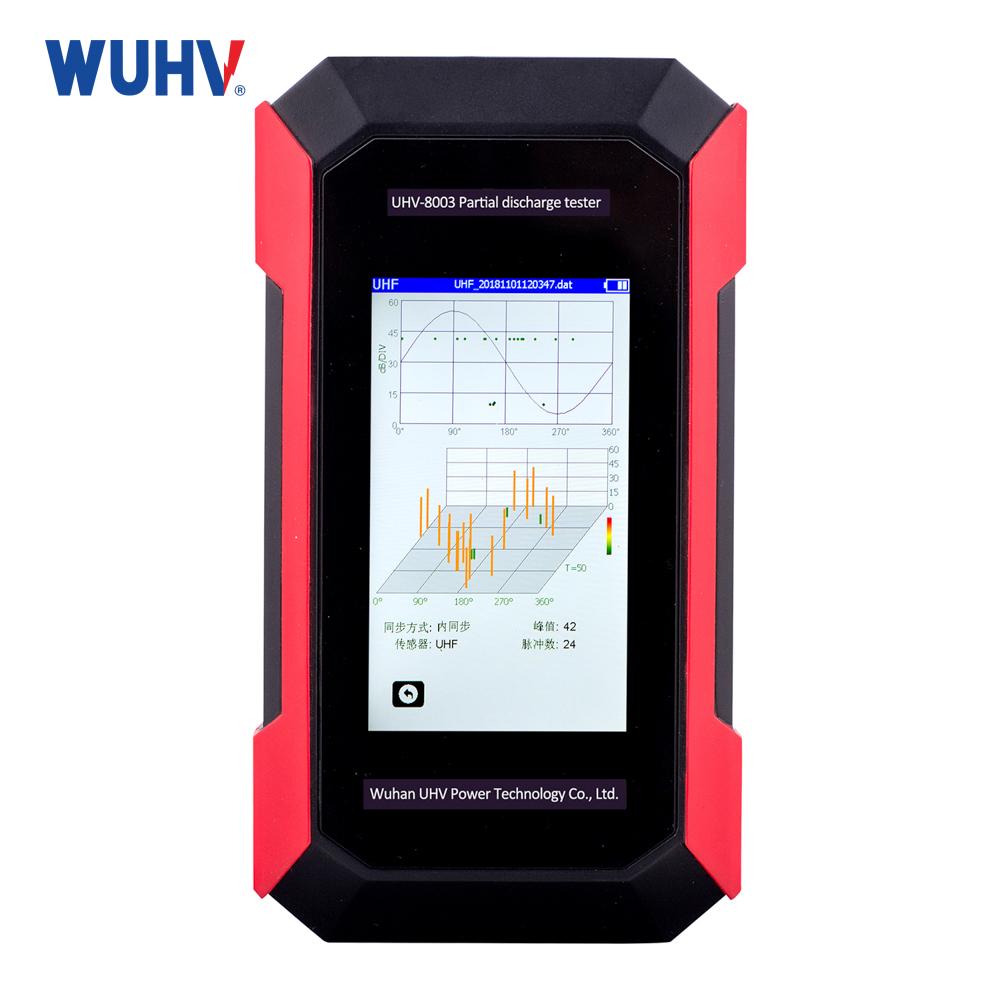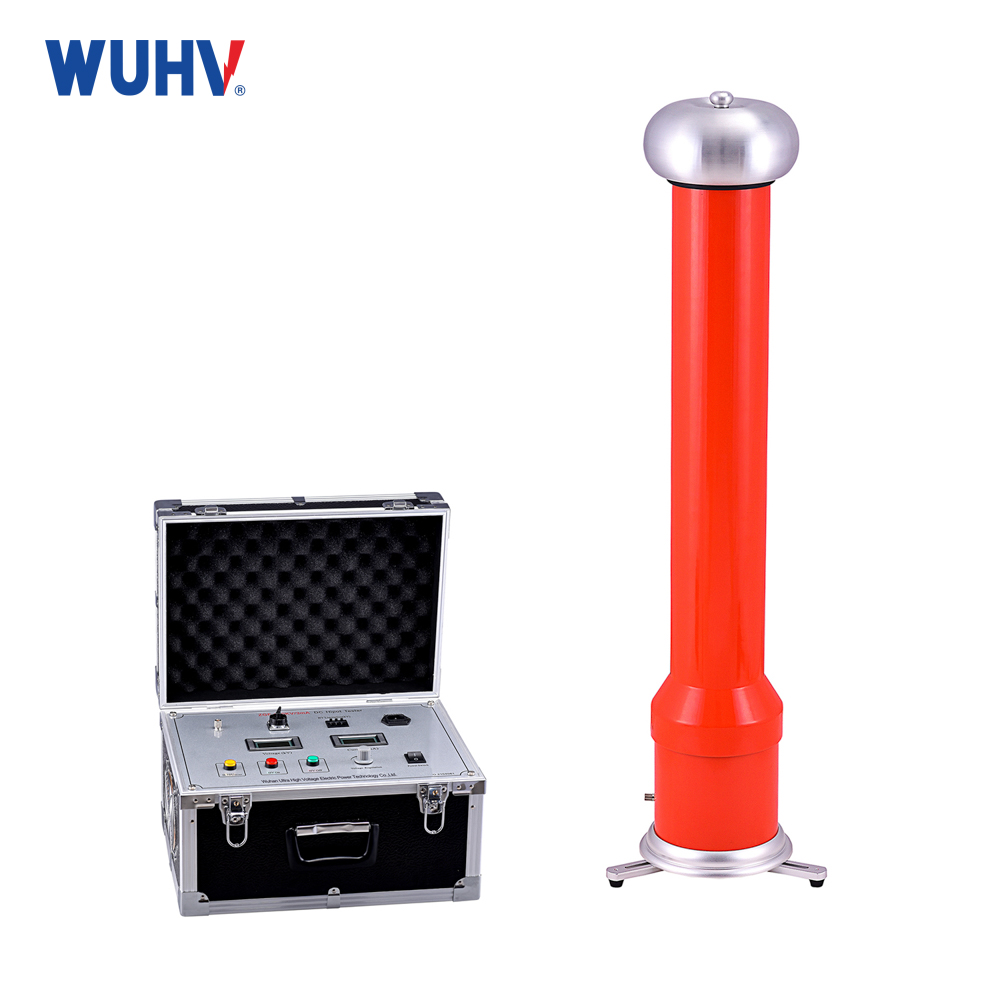The trace moisture analyzerunder UHV power can help many power workers conduct various power tests more conveniently.
Method for replacing reagents in trace moisture analyzer
(1) Prepare a clean filter paper and place the two drying tubes of the electrolytic cell on the filter paper. Remove the electrolyte electrode, pour out the electrolyte from the cathode chamber (electrolytic electrode), and then slowly pour out the electrolyte from the anode chamber (electrolytic cell bottle) (be careful not to pour out the stirrer).
(2) Generally, it is not necessary to clean the electrolytic cell. After contamination, it must be cleaned strictly according to (3).
(3) Cleaning: Electrolytic cell bottles, drying tubes, sealing plugs, and measuring electrodes can be cleaned with anhydrous methanol and other anhydrous solvents. If necessary, they can also be cleaned with water; The cathode chamber (electrolytic electrode) should not be cleaned with water as much as possible. When cleaning with water, be sure to air dry thoroughly, dry in an oven at about 60 degrees Celsius for 4 hours, and then cool naturally in the oven. Attention: During the cleaning process, do not come into contact with two plugs, wires, and glue.
(4) Apply a layer of vacuum grease evenly on the grinding edges of the measuring electrode, two drying tubes, injection plug, and sealing port, and gently rotate them to improve their sealing performance. Inject approximately 100 or 120ml of electrolyte into the negative and anode chambers of the humidity tester, respectively, so that the liquid levels in the cathode and anode chambers are consistent, reaching the calibration line liquid level below the electrolytic cell. Then, install the sealing plug and drying tube and gently rotate them to ensure better sealing.
(5) Insert the measuring electrode plug of the electrolytic cell into the measuring socket of the host, and then insert the electrolytic electrode plug into the electrolytic socket of the host. Shake the cell several times, turn on the electrolysis and stirring keys. If it is in iodine state at this time, use a 50 μ 1 sampler to extract an appropriate amount of pure water into the electrolytic cell (the needle should be inserted into the liquid level), observe the color of the electrolyte at any time until counting starts, turn off the stirring, and shake the battery evenly to allow the water and electrolyte in the air inside the battery to fully react. Then turn on the stirring to allow the instrument to reach the endpoint again, and then proceed with the injection test.(6) The electrolyte is brownish red or brownish black, and during normal use, the color is light yellow.
(7) Electrolyte failure: There are two possible faults in the following three situations. a、 Electrolyte usage for more than one month; b、 The color of the electrolyte darkens (in a non excess iodine state); c、 The electrolysis process is difficult to reach the endpoint (by repeatedly shaking the electrolyte cell several times according to the fifth step).
(8) When it is difficult to reach the endpoint, due to high environmental humidity, hot air, frequent sampling, leakage of silicone pads at the sampling port, or difficulty in dissolving solid samples, the electrolytic cell can be shaken evenly according to (5).
(9) Attention: When replacing the reagent of the trace moisture analyzer, be careful not to inhale or touch the reagent with your hands. If in contact with reagents, rinse thoroughly with water. The testing room has good ventilation because the reagents have a strong odor and contain toxic ingredients.



